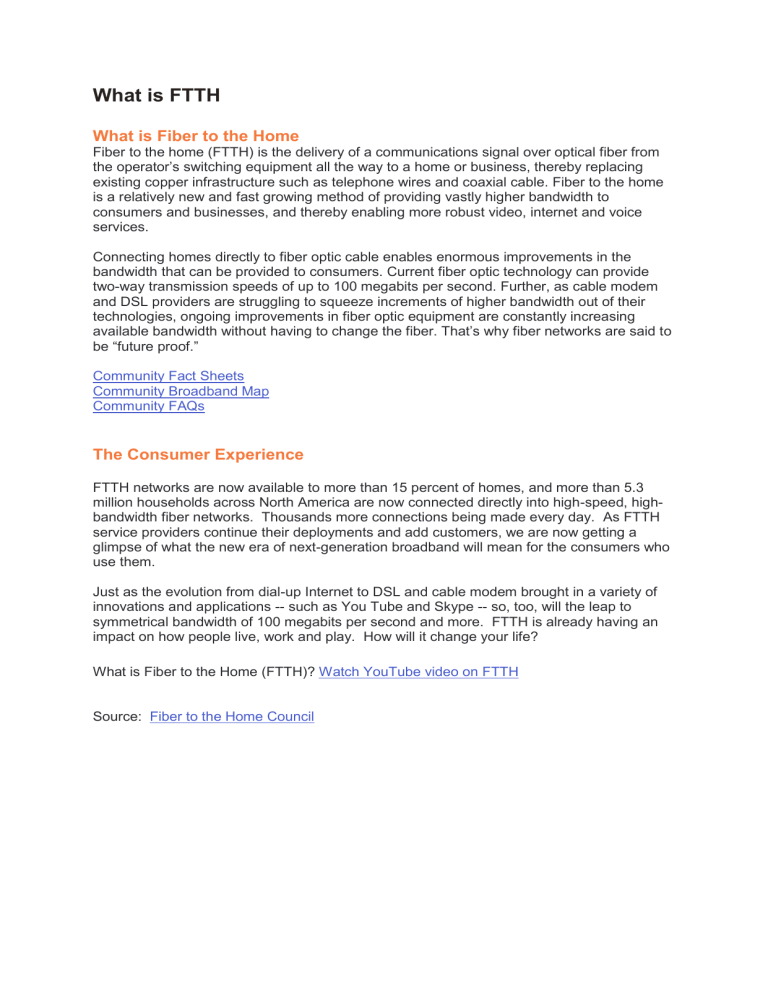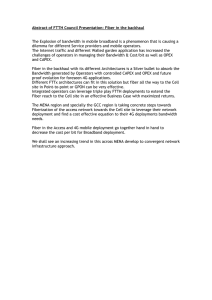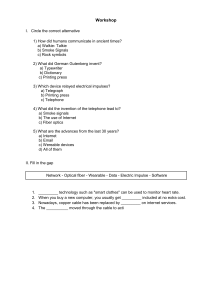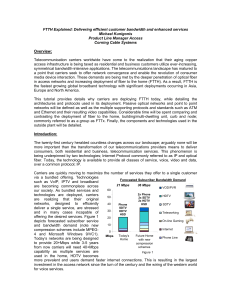
What is FTTH What is Fiber to the Home Fiber to the home (FTTH) is the delivery of a communications signal over optical fiber from the operator’s switching equipment all the way to a home or business, thereby replacing existing copper infrastructure such as telephone wires and coaxial cable. Fiber to the home is a relatively new and fast growing method of providing vastly higher bandwidth to consumers and businesses, and thereby enabling more robust video, internet and voice services. Connecting homes directly to fiber optic cable enables enormous improvements in the bandwidth that can be provided to consumers. Current fiber optic technology can provide two-way transmission speeds of up to 100 megabits per second. Further, as cable modem and DSL providers are struggling to squeeze increments of higher bandwidth out of their technologies, ongoing improvements in fiber optic equipment are constantly increasing available bandwidth without having to change the fiber. That’s why fiber networks are said to be “future proof.” Community Fact Sheets Community Broadband Map Community FAQs The Consumer Experience FTTH networks are now available to more than 15 percent of homes, and more than 5.3 million households across North America are now connected directly into high-speed, highbandwidth fiber networks. Thousands more connections being made every day. As FTTH service providers continue their deployments and add customers, we are now getting a glimpse of what the new era of next-generation broadband will mean for the consumers who use them. Just as the evolution from dial-up Internet to DSL and cable modem brought in a variety of innovations and applications -- such as You Tube and Skype -- so, too, will the leap to symmetrical bandwidth of 100 megabits per second and more. FTTH is already having an impact on how people live, work and play. How will it change your life? What is Fiber to the Home (FTTH)? Watch YouTube video on FTTH Source: Fiber to the Home Council







